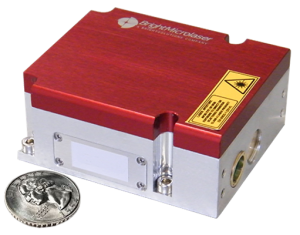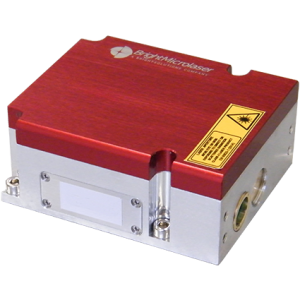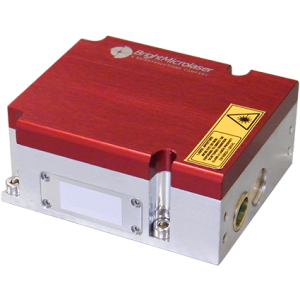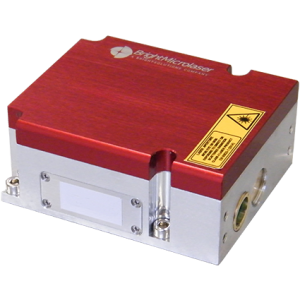The Microchip Lasers We Offer:

Compact, Lightweight, and Versatile
-
- Ultra-compact, lightweight & rugged design performs
- Easy to integrate into space-limited and harsh environments
- Flexibility and ease of use to switch between different models and applications
High Efficiency, Reliability, and Low Maintenance
-
- The most powerful compact DPSS microchip lasers available on the market
- Precise wavelength emission makes these lasers perfect for sensitive applications
- Low-maintenance options designed for 24/7 use
For nearly 30 years, RPMC’s selection of Microchip Lasers has set the standard for affordable precision across a wide range of applications, from defense to medical, industrial, and research with 1000’s of successful units in the field. We understand that every application has unique requirements, which is why our configurable platforms are designed to offer the perfect fit for your needs—whether you’re working with fundamental wavelengths, harmonics, or specialty wavelengths. As your partner, we’re here to guide you through the selection process, ensuring that your microchip laser integrates seamlessly into your existing systems. With time-tested technology that balances power and precision, we’re committed to supporting your success every step of the way.

 SHIPS TODAY
SHIPS TODAY 






